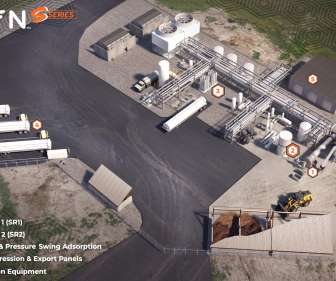Raven SR waste-to-hydrogen plant in California to be powered by INNIO Jenbacher’s Ready-for-H2 engines
Green Car Congress
AUGUST 12, 2022
At the site, landfill gas (LFG) will be the primary fuel to provide power for the non-combustion process that converts waste to hydrogen. As of 2022, Jenbacher gas engines can be offered with a Ready for H2 option, capable of running with up to 25% (volume) of hydrogen in the pipeline gas. Earlier post.).












Let's personalize your content